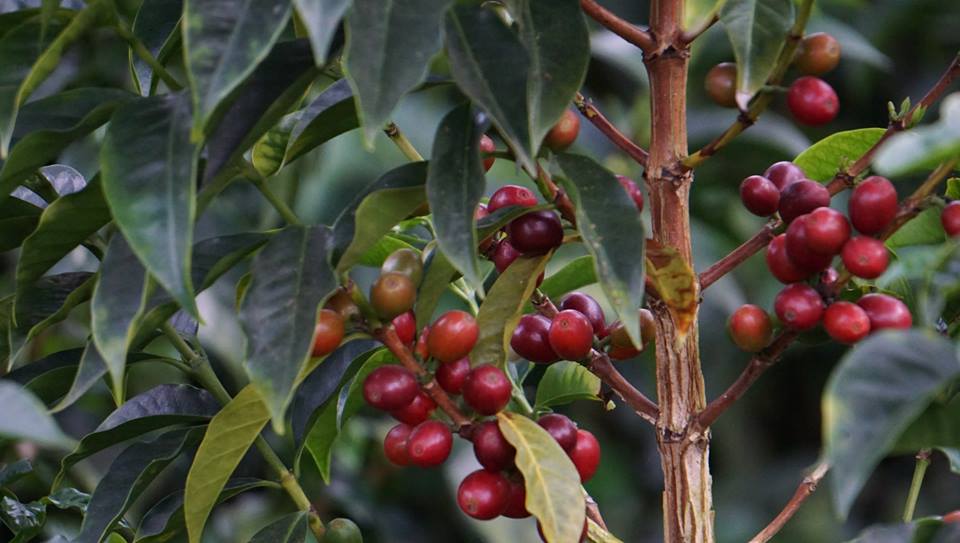Ethiopian coffee beans are of high quality, very diverse flavor and shallow roast Yirgacheffe.
Specialty coffee is also known as specialty coffee or specialty coffee. It refers to coffee made from green beans with excellent taste characteristics grown in a few extremely ideal geographical environments. Depending on the particular soil and climatic conditions in which they are grown, they have outstanding flavors. This type of coffee is then strictly selected and graded, and its texture is hard, rich in taste, and excellent in flavor. It is a selected coffee bean.
Ethiopia aroma 5 points brightness 4.5 points mellow 5 points flavor 4.5 points aftertaste 4.5 points

Suitable for baking: Light/Medial/City light baking to city baking can be used, if the emphasis on fruit and flower fragrance, then be sure to use light baking, even before the end of a burst to stop baking (Yirgacheffe can be)! To emphasize flavor or blend with espresso recipes, bake until just into the second burst, which will give you a thicker flavor. Both hidamo and harald are good for this condition.
Ethiopia is historically the birthplace of coffee. In the 6th century AD, shepherds in the town of Kaffa discovered that sheep were excited to eat certain red fruits, so they picked the red berries growing on the trees and ate them. This harvest opened the door to coffee all over the world, and its influence has not weakened to this day. Ethiopia grows coffee on plateaus above 1500 meters above sea level. Seven Harar plateaus are the native places of Arabica coffee. At present, Ethiopia still has many native coffee forests. It can be said that it is a coffee gene bank, and this gene bank will be the solution to many coffee problems. Ethiopian coffee beans are of such high quality and so varied in flavor that few countries can beat them. As for the processing of raw beans, some places use solarization, some use washing, and some use both (Sidamo, Sidamo), which is part of the reason why Ethiopian flavors are so diverse. Djimmah in the west, Hidamo in the middle and Harar in the east are Ethiopia's three major producing areas, the most special of which is Yirgacheffe in Hidamo Province. This coffee has a fruity, floral and honey fragrance, coupled with a tea-like flavor that is even more memorable. It is the starting point for many people to enter fine coffee. Of course, the wild taste of Gemma and Harald's characteristic wine aroma also drive many coffee fans crazy. Ethiopian coffee varies greatly from batch to batch, so pay attention to the batch number when purchasing, indicating that two bags of coffee from the same region may taste a hundred thousand miles apart, and Ethiopian coffee is usually better harvested early, which is different from coffee from many other regions.
Important Notice :
前街咖啡 FrontStreet Coffee has moved to new addredd:
FrontStreet Coffee Address: 315,Donghua East Road,GuangZhou
Tel:020 38364473
- Prev

Introduction to the variety and rich taste of Papua New Guinea Coffee
The market for coffee in Papua New Guinea: the coffee industry plays an important role in the country's economy. The government encourages planting by offering a minimum purchase price. The industry itself is controlled by the Coffee Industry Council (CoffeelndustryBoard). The commission is located in Goroka, in the eastern part of the island, while exports are handled by private companies. The government has established a new quality
- Next

Introduction of Nicaraguan coffee beans with mild taste and strong aroma
Coffee is Nicaragua's main export. According to the president of the Nicaraguan Coffee Farmers' Federation, due to the poor harvest of coffee in Nicaragua's Pacific region, the country's total coffee production in 1998 may be 12% lower than that in 1997. In the coffee year of 1997 and 1998, Nicaragua harvested 1.422 million bags of coffee (each bag of 46kg), which has been producing 1% of coffee in the past 14 years.
Related
- Does Rose Summer choose Blue, Green or Red? Detailed explanation of Rose Summer Coffee plots and Classification in Panamanian Jade Manor
- What is the difference between the origin, producing area, processing plant, cooperative and manor of coffee beans?
- How fine does the espresso powder fit? how to grind the espresso?
- Sca coffee roasting degree color card coffee roasting degree 8 roasting color values what do you mean?
- The practice of lattes: how to make lattes at home
- Introduction to Indonesian Fine Coffee beans-- Java Coffee producing area of Indonesian Arabica Coffee
- How much will the flavor of light and medium roasted rose summer be expressed? What baking level is rose summer suitable for?
- Introduction to the characteristics of washing, sun-drying or wet-planing coffee commonly used in Mantenin, Indonesia
- Price characteristics of Arabica Coffee Bean Starbucks introduction to Manning Coffee Bean Taste producing area Variety Manor
- What is the authentic Yega flavor? What are the flavor characteristics of the really excellent Yejasuffi coffee beans?

